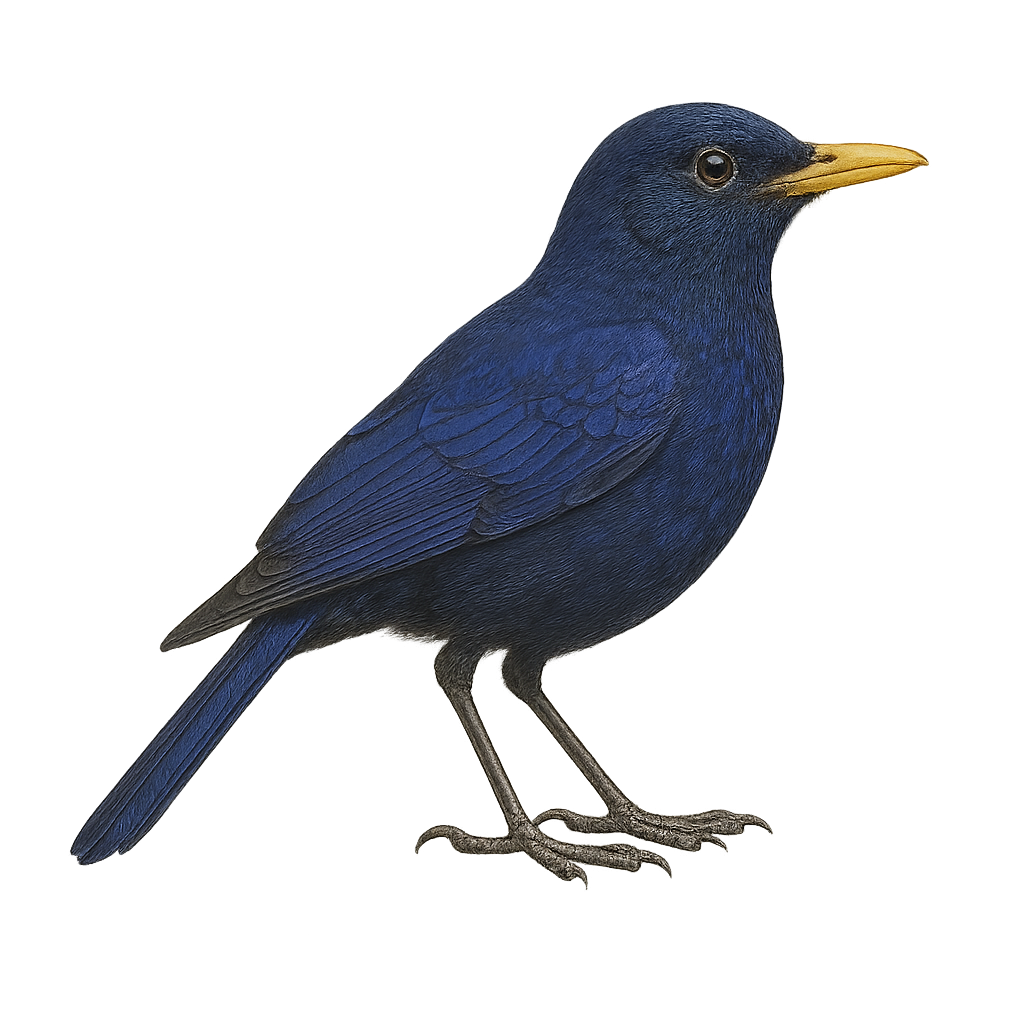Your wildlife photography guide.
Explore the robinson's blue flycatcher in detail, study its behavior, prepare your shots.
Where to observe and photograph the robinson's blue flycatcher in the wild
Learn where and when to spot the robinson's blue flycatcher in the wild, how to identify the species based on distinctive features, and what natural environments it inhabits. The WildlifePhotographer app offers tailored photography tips that reflect the robinson's blue flycatcher’s behavior, helping you capture better wildlife images. Explore the full species profile for key information including description, habitat, active periods, and approach techniques.
Robinson's Blue Flycatcher
Scientific name: Myophonus robinsoni

IUCN Status: Near Threatened
Family: MUSCICAPIDAE
Group: Birds
Sensitivity to human approach: Suspicious
Minimum approach distance: 10 m
Courtship display: February to May
Incubation: 14-16 jours
Hatchings: February to June
Habitat:
tropical rainforests, secondary forests, degraded wooded areas
Activity period :
Primarily active during the day, with peak activity in the morning and late afternoon.
Identification and description:
The Robinson's Blue Flycatcher, scientifically known as Myophonus robinsoni, is a captivating bird primarily found in the humid tropical forests of the Malay Peninsula. This passerine is renowned for its striking metallic blue plumage, which contrasts beautifully with its black beak and legs. It is often seen near streams, where it hunts for insects and small invertebrates. The Robinson's Blue Flycatcher's song is melodious and complex, making it a delight for birdwatchers and enthusiasts. Although its habitat is limited, it adapts well to secondary forests and degraded wooded areas. However, ongoing deforestation poses a threat to its natural environment, potentially impacting its population in the long term.
Recommended lens:
400mm – adjust based on distance, desired framing (portrait or habitat), and approach conditions.
Photography tips:
To photograph the Robinson's Blue Flycatcher, it is advisable to use a telephoto lens of at least 400mm to capture detailed images without disturbing the bird. Look for it near streams in tropical rainforests, where it is often active. The natural light of the morning or afternoon is ideal to highlight the metallic hues of its plumage. Be patient and discreet to avoid scaring it away, and use a tripod for stable shots.
The WildlifePhotographer App is coming soon!
Be the first to explore the best nature spots, track rutting seasons, log your observations, and observe more wildlife.
Already 1 431 wildlife lovers subscribed worldwide

